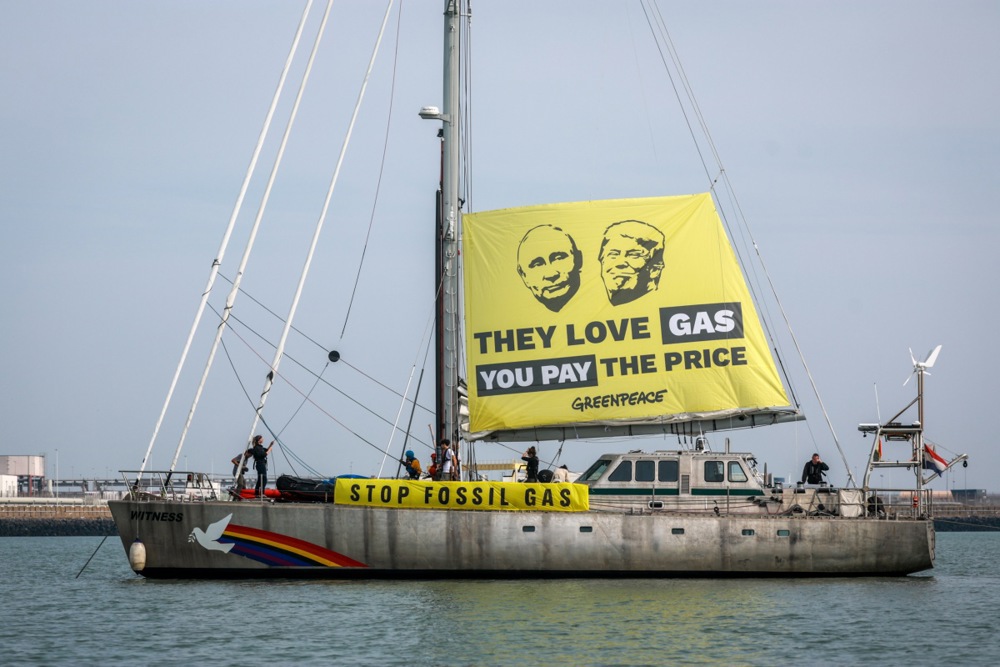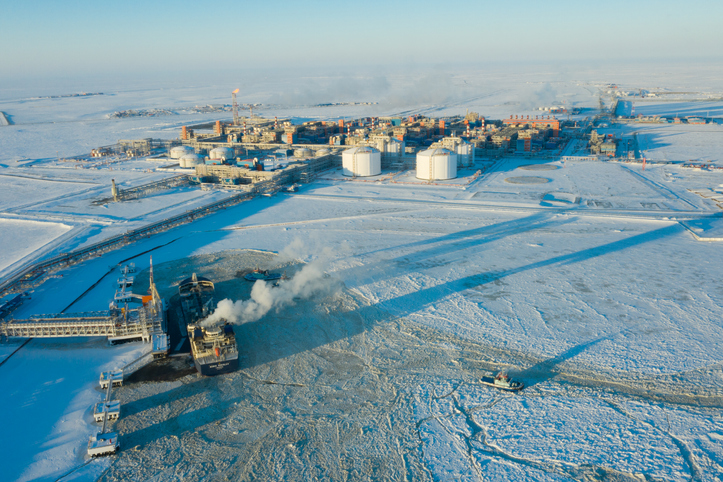Energy-hungry industries Europe are effectively “dying” as rising energy prices, the flood of cheap goods from China and the side effects of climate policies make survival increasingly difficult, according to the National Bank of Belgium.
“In the sector that is energy-intensive … basically what I hear is that this part of the industry is dying in Europe under the current policies,” said Pierre Wunsch, Governor of the Belgian lender, speaking at the Brussels-based Bruegel Institute today.
Europe’s current industrial and energy policies are creating an unhealthy patchwork of support for companies, he said.
Governments can subsidise electricity for certain industrial users but the system is chaotic and uneven. Some sectors get relief if they promise to cut emissions but there is no consistency across the continent, Wunsch said.
“Our industry faces three challenges: High abatement costs, high relative energy costs and Chinese overcapacity”, he said, adding that “green” electricity will not fully fix problems and cheaper natural gas in the next five to 10 years may only offer a temporary reprieve.
His remarks come amid the ongoing debate about how Europe can preserve industries that need large amounts of energy to produce goods in competition with products made in China, the US and elsewhere – with cheaper energy.
The US, with its abundant natural gas, lower energy costs and historically less ambitious climate policies, has become an attractive alternative for companies struggling with Europe’s high electricity prices.
Buying more liquefied natural gas (LNG) from the US was part of negotiations earlier this year between the European Commission and US President Donald Trump. In the first half of 2025, Europe’s imports of US LNG surged by 46 per cent, accounting for more than half of total European imports.
Wunsch noted that over the next five to 10 years, lower LNG prices in Europe could allow companies to operate more efficiently than they would in the US.
“You could say we keep running on natural gas for the next five to 10 years with a more efficient industry in terms of energy use than in the US,” he said, but cautioned that “is only a short-term solution and it’s not a good solution in terms of commitment”.
Wunsch said Europe cannot rely on temporary price advantages to preserve its industrial base.
Even if companies stay for now, he said, structural challenges — high energy costs, climate obligations and global competition — mean that without deliberate long-term policies, energy-intensive industries were still likely to relocate, shifting emissions abroad rather than reducing them.
Wunsch added that Europe cannot rely on the idea that industrial production will “go anywhere” without consequences; relocating production might appear to solve local energy cost or climate challenges but it merely shifts emissions abroad and risks weakening Europe’s industrial base, he said.
“If others do not do their part, we are not going to sacrifice our industry for it to move to the rest of the world and, you know, keep emitting,” he added.
Under any scenario, Europe will likely see “a lot less energy-intensive industry, or at least it will change location within Europe”, Wunsch concluded.
Pierre-Laurent Lucille, chief economist at French energy group Engie, presented data from his European Energy Outlook report, estimating the net cost of Europe’s climate transition at around 2 per cent of GDP.
He said electrification is the most reliable long-term strategy for industry. Electrification — replacing fossil fuels with electricity from low-carbon sources — can significantly lower long-term costs and emissions.
Europe should seize the coming period of temporarily lower natural gas prices to “invest in electrification and reduce risks for industry”, Lucille said, while “carefully timing domestic policies to avoid discouraging investment”.
Some 80 per cent to 90 per cent of industrial heat demand could be electrified by 2035 using current technology, he said, but that requires governments to invest in power grids, renewables, and co-ordinated infrastructure planning.
Lucille warned of a “chicken-and-egg” problem: Companies hesitate to invest until infrastructure is in place, while infrastructure projects are delayed without guaranteed demand.





